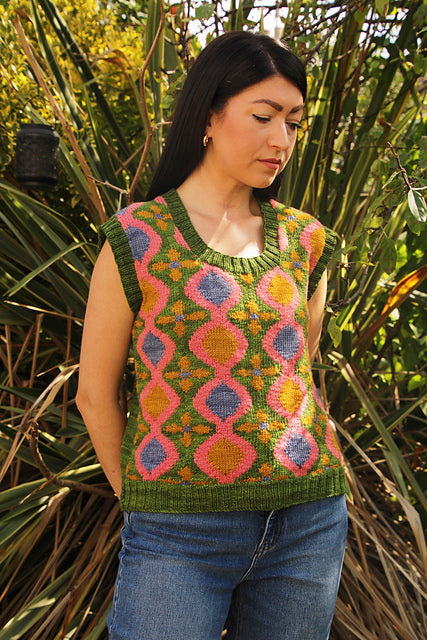This month, we're diving deep into the very building blocks of life, as we honor Rosalind Franklin, whose research directly resulted in our understanding of how DNA is structured.
Rosalind Elsie Franklin was born in July 1920 to a prominent British Jewish family. Her early education occurred in the best schools around, and she was described by an aunt as "alarmingly clever." Her interests always leaned toward science and math, and she excelled in both. Although her family was liberal by nature (they were active in women's suffrage and helped settle Jewish refugees escaping the Nazis, particularly the children who were able to get away), her father just wasn't all that into encouraging his daughter to pursue academics beyond college. Fortunately for the scientific world, Rosalind Franklin just wasn't all that into listening to what her father had to say about her life.
She attended Cambridge College in the late 1930s, well before they awarded actual B.A. or M.A. degrees to women. Until 1945, women received "honors," which served to qualify them for employment at a bachelor's level. Yikes.
As she furthered her studies (eventually, she was awarded actual degrees for her work), she also lived in London and, along with her cousin, volunteered as an Air Raid Warden. This was during WWII, and London was a volatile and sometimes frightening place. She did research for a coal concern, and was instrumental in discovering the properties and the porosity of coal, which helped in both coal use for fuel and as a filter for things like gas masks. She broadened her research and knowledge by studying X-ray diffraction and crystallography, at first applying those techniques to the further understanding of coal's structures, but eventually working on the structure of DNA. She was the first to capture a photograph of the helical structure of DNA (Photo 51, referred to by one researcher at the time as "amongst the most beautiful X-ray photographs of any substance ever taken,") and the first to posit that there were two forms of DNA, and that at least one of those forms was helical in structure. Throughout her professional career, she found herself at odds with her colleagues, mostly, it seems, due to her male colleagues discomfort with the kind of woman she was (bold, unapologetic, more interested in lively scientific debates than the expected decorum of the time).
Watson and Crick are widely lauded as the discoverers of the double helix structure of DNA, and for cracking the code on the secrets of life. Their seminal and important work was based directly on the work of Franklin and her research partner, particularly a back-channel view of the aforementioned Photo 51; without that glimpse, they might not have reached the conclusions they reached for quite a long time. Seeing Photo 51 flipped a switch in Watson and Crick's brains, and opened up the pathway to the DNA model they were eventually able to build. Franklin published her own papers on the structure of DNA, but it was Watson and Crick who received the most praise, and it was Watson and Crick who eventually received the Nobel Prize.
Franklin continued to work on further understanding DNA, and had begun researching RNA's structure when she fell ill to ovarian cancer. Two years after her diagnosis and treatment began, Rosalind Franklin was dead, at the age of 37. Because Franklin was a woman, and because she was a woman who didn't squish herself into the mold of what her male colleagues thought a woman should be (she was brash and argumentative, she was unconcerned with her appearance, all of the things that make men uncomfortable around intelligent women), she was subjected to not only gender bias but gender harassment, treated like an assistant when she contributed as a colleague, not given credit where it was definitely due.
Our Rosalind Franklin-inspired colorway, The Miracle of DNA, is comprised of rich, unapologetic colors that echo the colors of Hanukah. Franklin was widely considered to be agnostic; in fact, as a child, when discussing faith, she remarked to her mother, "Well, anyhow, how do you know He isn't She?" just to see what kind of a reaction she could get. However, she considered herself to be Jewish, culturally if not religiously. Throughout her too-short life, Franklin honored Jewish traditions, and this colorway is our homage to both her cultural heritage and her boldness.










